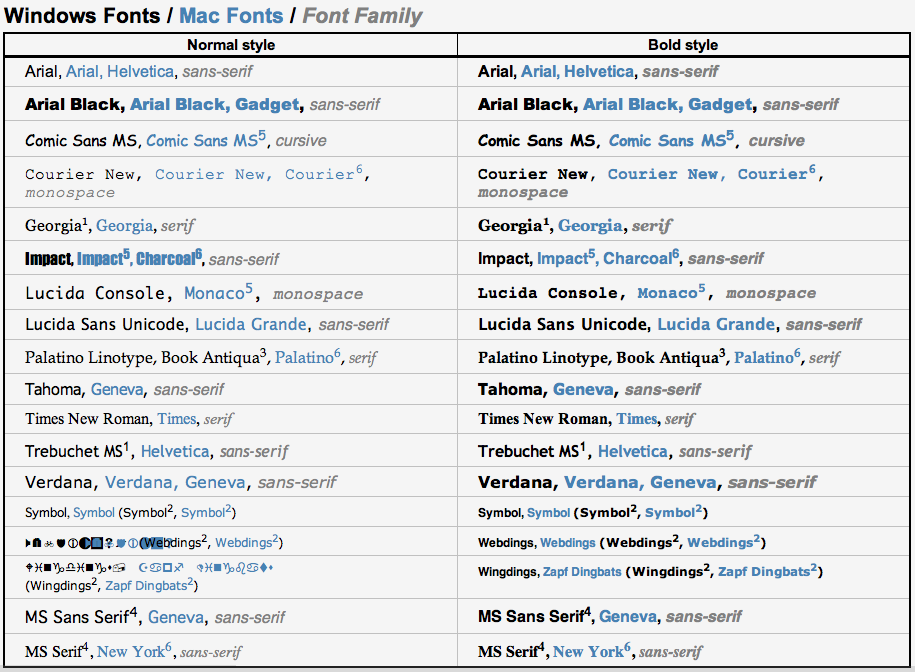


In the event that we suspected an IPA transcription might be lost, we chose to includePDFs of the original transcriptions are to minimize error. It begins to get increasingly technical from here- but this list is based on balancing various operating systems, browsers, aesthetics, and support of the full IPA (including diacritics and suprasegmentals). The site uses the following font list: Arial Unicode MS, Lucida Grande, Lucida Sans Unicode, Arial. If you don’t have Arial Unicode MS, it asks for the next font on the list. In order to accommodate windows XP users, we elected to use an alternative arial font, Arial Unicode MS as our first choice in a series of font possibilities that this site “suggests” to your internet browser. However, if you are using windows XP or an earlier operating system, Arial does not support phonetics- IDEA is best viewed with an operating system that is post windows XP. We found that most IPA unicode fonts (Charis SIL, Doulos SIL, Lucida Sans, etc) were less pleasant for the general text body, were less legible for our transcriptions, or both.Īrial persisted as our best font choice. It was our hope to find a single, unifying “body” font that would be sans-serif and have excellent accuracy and legibility in the area of phonetics, and pleasantly flowing in a justified or non-justified alignment for readers focusing on orthographic and biographic sections. Keeping with the sans-serif motif, we next carefully examined several fonts that supported the full arsenal of the IPA. Fonts that compliment this aesthetic and are widely supported by browsers include the sans serif font Arial, which we use two forms of on this website. As such, we have elected to use justified text (in certain areas) in a darker grey font color to fit with a clean, modern aesthetic which be believe increases readability and enjoyment of the site. It is a freeresource, but we also hope to make it the best resource for dialects of English. This site was designed to maximize usability.


 0 kommentar(er)
0 kommentar(er)
